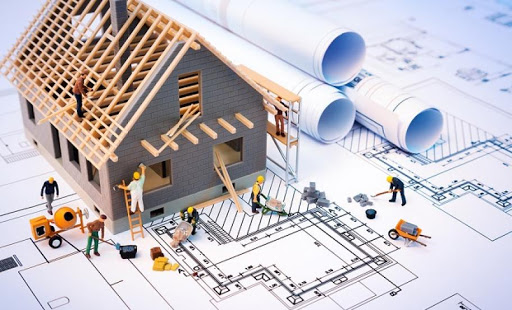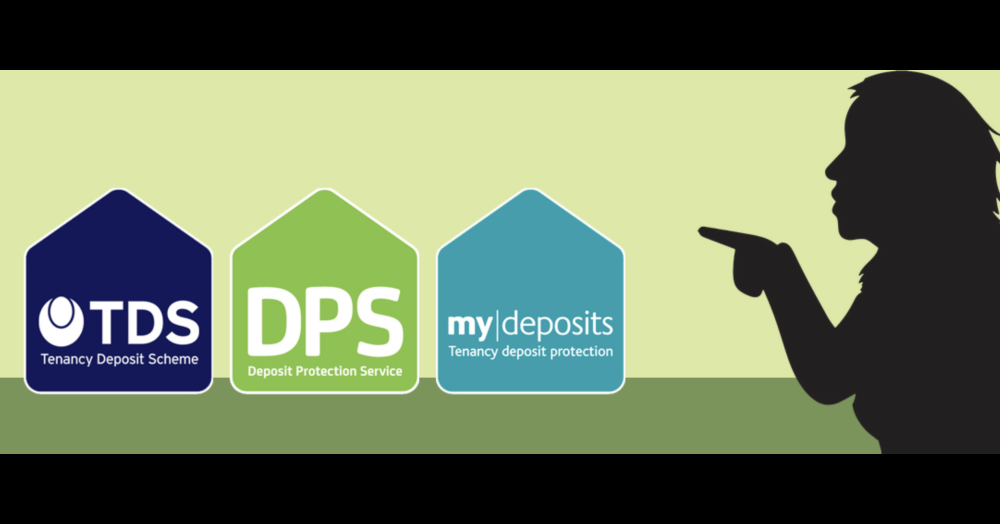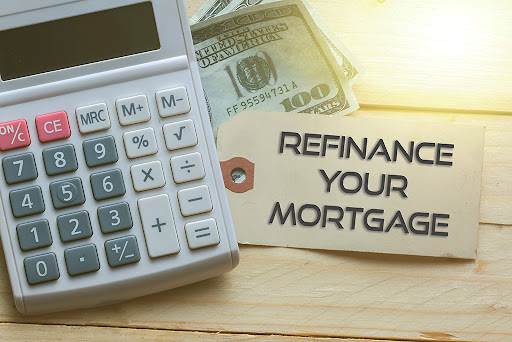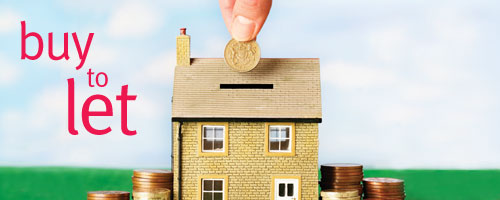A key part of the UK’s strategy for meeting new home build targets, redeveloping brownfield sites gives purpose to previously disused land, providing the space required for new houses to be built. Without the environmental impact often associated with new builds, building on a brownfield site is seen as a greener way of developing housing, plus there’s a good chance it clears up an existing eyesore.
What is a brownfield site?
Brownfield sites are previously developed land, whereas greenfield sites have never been built on before. A brownfield site could have been used for industrial, commercial or agricultural purposes, so include plots like an old petrol garage or abandoned storage units. Barn conversions are (in most circumstances) excluded, as are garden plots or replacement dwellings, which should be taken into consideration when attempting to locate a suitable area to build.
What’s a brownfield register?
To clarify whether or not a site is brownfield, and therefore suitable for residential development, self builders can check the brownfield land register for their desired area.
Since 2017 local authorities have been required to keep brownfield land registers, although research shows that only 31% of potential self builders are aware they exist. Brownfield sites must be free from ownership issues or legal constraints and have the capability of delivering at least five extra dwellings. Rather than self builders spending hours searching to locate these plots, these downloadable lists of previously used sites that meet the criteria to be deemed brownfield are easily accessible.
What are the pros and cons of considering a brownfield site as a self builder?
The main positives from building on brownfield land are regeneration and preservation of the area. With a pledge to build 300,000 new homes per year, but a lack of green spaces on which to do so, building on previously-used land makes practical sense. It helps protect the community’s countryside and, by revamping derelict sites, it improves the landscape aesthetically. As 28% of UK adults are said to be considering self builds due to their positive environmental impact, brownfield sites are a fitting choice.
Brownfield sites also don’t require the same complicated planning application required for a ‘normal’ self build. If anyone is planning a self build project on brownfield land, however, they are required to carry out a survey before building can commence. This will reveal any potential issues associated with the land’s previous use; low levels of pollutants, or oils and tars for example. Self builders shouldn’t let the risk of contamination hinder their decision – plenty of sites pose a risk, but this can be calculated if it’s fully understood.
How will using a brownfield site affect my mortgage?
Most lenders will consider major renovations or rebuilds under the self build category, so those building on brownfield land will require a self build mortgage. Some lenders are hesitant to lend on brownfield sites and so working with a mortgage provider who undertakes a manual approach to assessing affordability is also more likely to see a successful application. If in doubt, self builders should seek the expertise of an intermediary who has experience in applying for self build mortgages.



